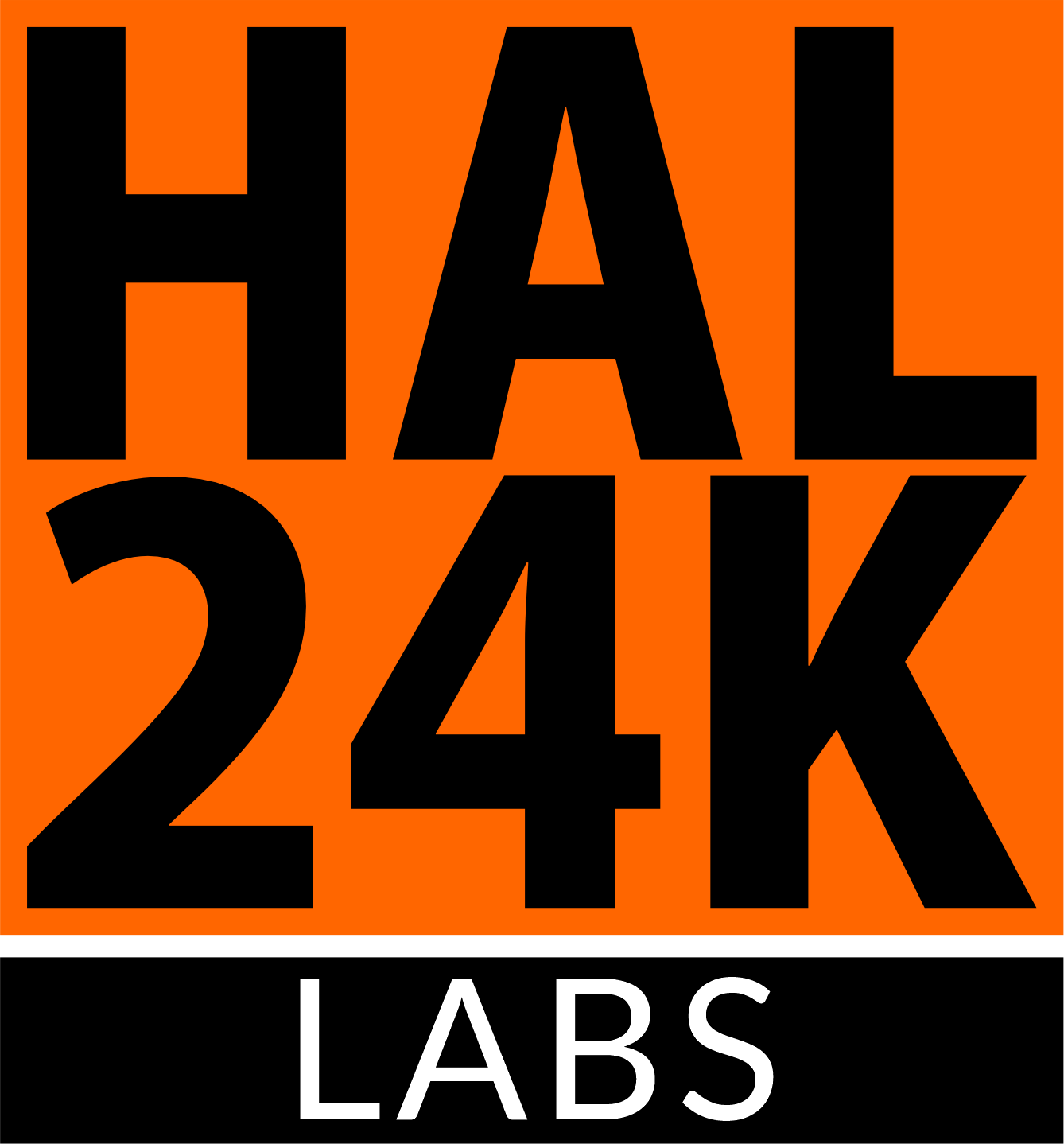Rijkswaterstaat data points the way
The business case
For organizations responsible for infrastructure that millions of people rely on, every action counts. But how much harder can data work for operations?
We worked with Rijkswaterstaat Datalab examining how its current water quality data can be used and enriched in order to give a better picture of the overall water quality in the Dutch river system.
Rijkswaterstaat’s measurements are carried out manually. They include a high number of parameters, such as the concentrations of different chemical elements, all over the Netherlands. As not all locations are equally important, some measurements are made every week, while in other places its inspectors visit monthly.
The joint project also hoped to identify new operational efficiencies.
The two-way approach
Using data gathered over the last fifteen years, we explored all the parameters measured and analyzed their correlations. We identified several parameters with values that are tightly correlated, which means that it might be sufficient to only measure a single one, as the others can be easily derived from it.
To get a better picture of the system at each point, we then looked at using weekly measurements to fill in the gaps in locations where the inspections are carried out less frequently.
Our model was able to provide an idea of the water quality status on a weekly basis without the need to physically perform more measurements. What emerged is a clear picture of how it will be possible use data to secure continuous insights into water quality.
Conclusion
The model shows that organizations can create valuable insights from existing data and identify smart ways to make substantial gains while minimizing strain on operations.


